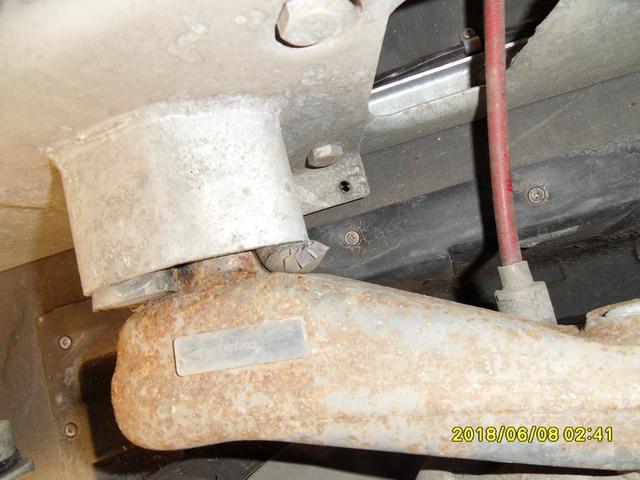Volly said:
...To my way of thinking with the relaxed axle weight issue the only correct way when investigated would be to weigh the caravan whilst coupled to the towing vehicle with the appropriate nose value set, to weigh the caravan in an un hitched condition would surely produce a higher axle weight....
Hello again Volly.
Yes I do remember the debate, and the subject has been brought up on several occasions since. For some it has been a good news, but for others the reasoning is still a mystery, and I have to point out that this thread still shows that you have not grasped the principles and logic behind it.
The nose load produced by a trailer is a force, which is applied to the hitch of the tow vehicle, so the tow vehicle must accommodate that applied load within its own axle loads. So for example I hope you would agree you could not load up a solo tow vehicle to its limits and the expect it to cope with the additional applied load from the trailer. This means as you point out a 1500kg MTPLM caravan might have a 100kg nose load leaving only 1400kg as its towed or axle load.
In simplistic terms unhitching the caravan does not radically change the balance of the caravan, it will still have only roughly 1400kg on its main axle, and about 100kg nose load is now carried by jockey wheel. This assumes the jockey wheel is used to keep the hitch at the same height as when its coupled to the tow car.Though in practice there will be a slight increase in the load on the jockey wheel, and an equal reduction in the load on the main axle becasue the jockey wheel is closer to the axle than the hitch and this affects the mechanical advantages .
So the answer is still the caravan axle load should be measured whilst the caravan is coupled to the tow vehicle for absolute accuracy, but if it is measured with the caravan using the jockey wheel the axle load will reduce slightly - only up to about 20Kg less. it depends on the geometry of the chassis and the position and height of the jockey wheel. The axle load will not increase as you have suggested and certainly not by the amount of the nose load..


